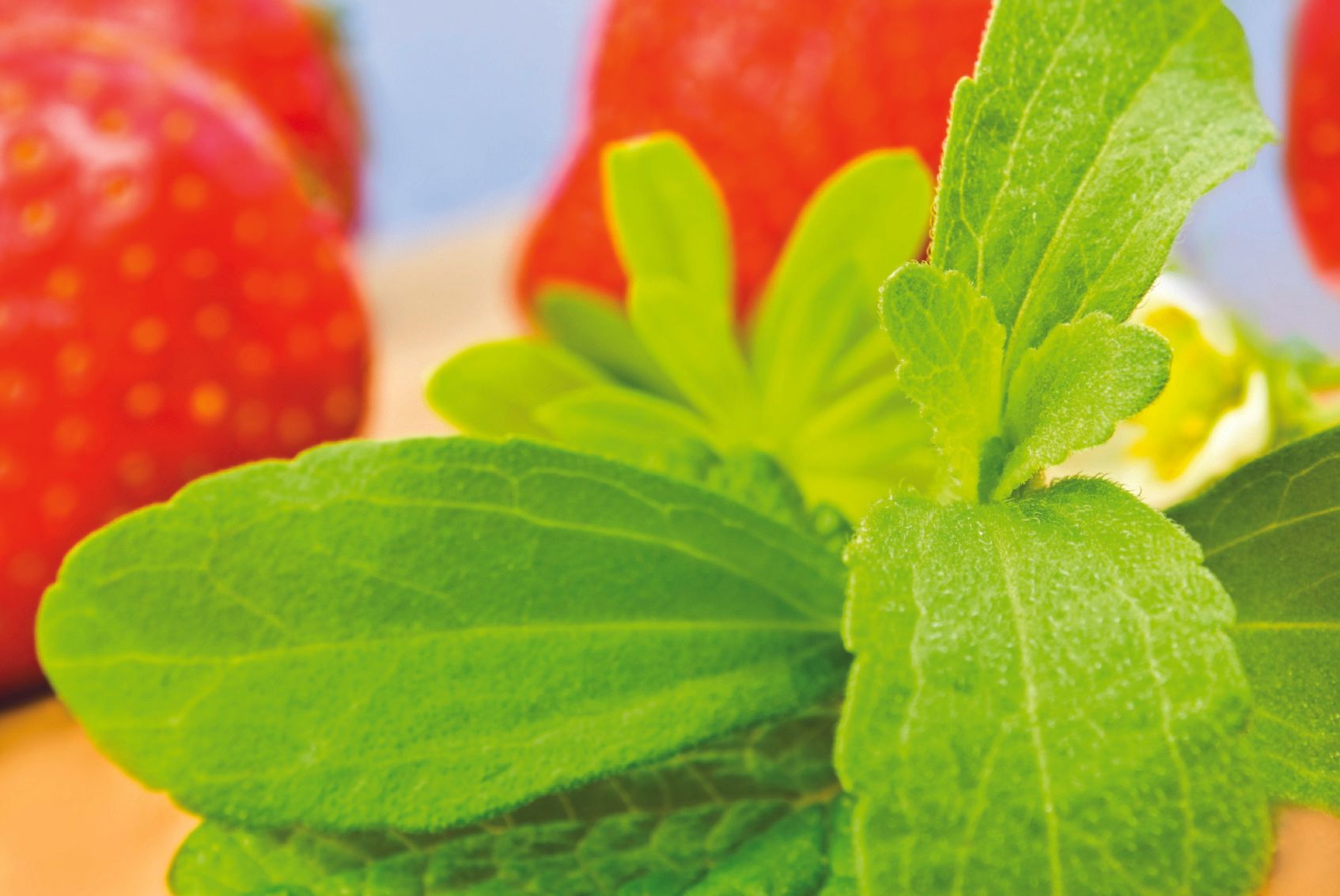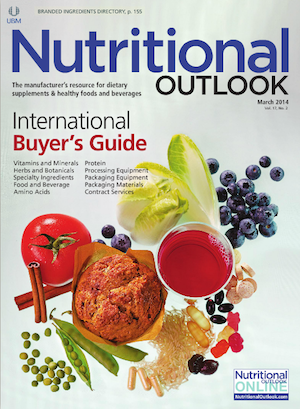Masking Stevia’s Bitterness with Oligofructose Is Now Easier, Thanks to a New “Optimization” Tool
Soluble dietary fiber oligofructose can help mask stevia’s bitter, “off” taste.

Soluble dietary fiber oligofructose can help mask stevia’s bitter, “off” taste. Supplier Sensus (Lawrenceville, NJ) has developed a computerized model to determine the optimal combination of stevia and the company’s Frutalose oligofructose when formulating reduced-calorie products.
The company recently unveiled the analytical tool, which determines the optimal taste profile when combining stevia and oligofructose. It then put its results to the test in food and beverage samples and served those to a tasting panel, with good results. Sensus can now use the model to optimize the taste of each marketer’s unique stevia-oligofructose product.
When combined with stevia in the right amounts, Frutalose can help maximize the percentage of stevia in a product, without sacrificing taste-especially in dairy products like plain, low-fat spoonable yogurt and plain drinking yogurt.
Matthew de Roode, innovation manager, says Sensus is the first company to promote and test oligofructose’s stevia masking in such a “structured” way.
“We’ve seen products on the market where oligofructose was predominantly used as a so-called filler (next to erythritol, etc.). Although this has an effect on the ‘off’ taste, this was not promoted as such,” he tells Nutritional Outlook.
How does oligofructose mask stevia’s bitter notes? De Roode says that the exact mechanism is still unknown, although “a lot of literature research is devoted to discovering the specific bitter receptors on the tongue.”
“In some research, it is shown that the difference in bitter taste of the different steviol glycosides is due to the sugar moieties around the central steviol group. Maybe an interaction with the oligofructose on this specific receptor has a similar positive effect on the taste of stevia,” he posits.
Oligofructose’s effect on ‘off’ notes is not limited to stevia alone. De Roode says the company’s early research showed oligofructose had a positive effect on the bitter aftertaste of other high-intensity sweeteners like aspartame, acesulfame-K, and sucralose.
But, the company soon realized that “there is no ‘one size fits all’ solution,” which is why it developed its analytical model. “The same combination of oligofructose with stevia that tasted great in one application tasted horrible in another,” he says.
Sensus’s optimization tool makes precise calculations possible-and easier. “If today, our client wants to reduce 30% of sugar and desires the best taste possible, we can provide him with a recipe,” de Roode says. “If, for the next product launch, an even higher sugar reduction is desired, we can use the same model to show him where the trade-offs for this new product are.”
The company hopes to expand its techniques to other products beyond yogurt. De Roode says Sensus has done experiments with a chocolate spread-“which is a fat-based system in contrast to the water-based yogurt system”-with good results. “This gives us the confidence that an optimum ratio of oligofructose and stevia does exist for a lot of products,” he says.
As an added bonus, oligofructose is a prebiotic dietary fiber. Sensus’s oligofructose, as well as its inulin ingredients, are derived from chicory root and serve as sugar and fat replacers.
Jennifer Grebow, Editor-in-Chief, Nutritional Outlook magazine
jennifer.grebow@ubm.com

The Nutritional Outlook Podcast Episode 39: Nutritional Outlook's Ingredients to Watch in 2025
February 25th 2025In this episode, Nutritional Outlook interviews Scott Dicker, market insights director from market researcher SPINS, about ingredients and product categories nutraceutical and nutrition product manufacturers should watch in 2025.



















